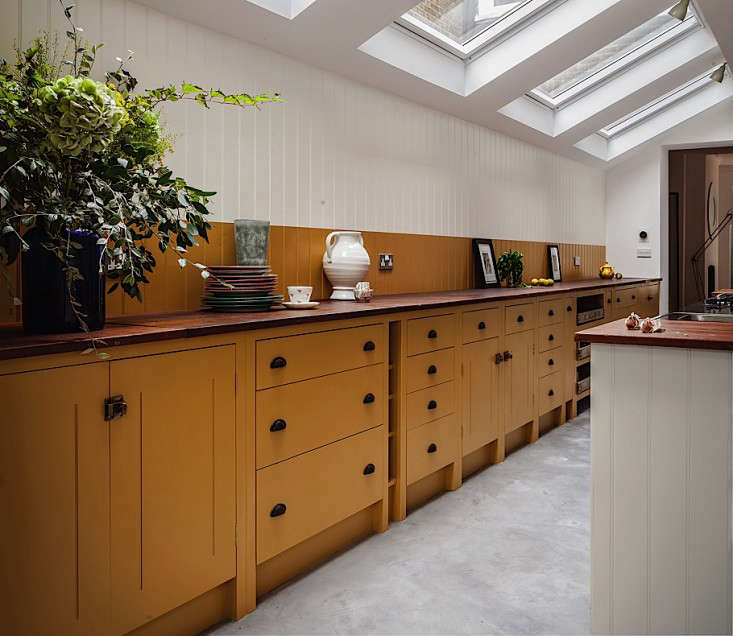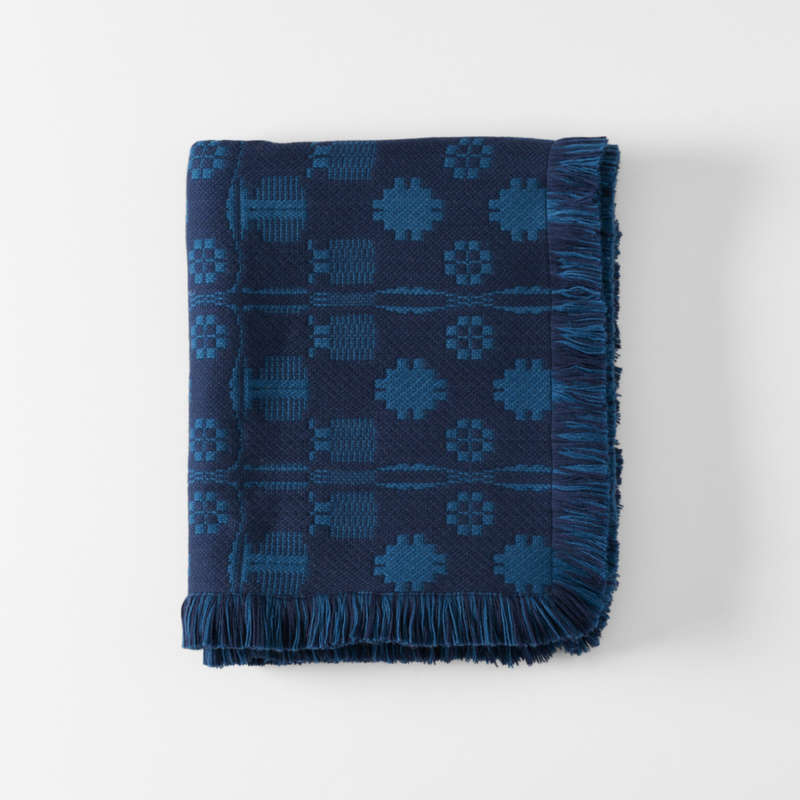In this week’s installment of 10 Things Nobody Tells You: what to know about the age-old tradition of plaster. Read on:
1. It can contain marble dust or soap made from olives.
At its most basic, plaster is a mixture of lime or gypsum, sand or cement, and water that hardens when dry. But there are a wide varieties of options available for the modern plasterer, including slaked lime, Venetian (which has pigment and marble dust in it), gypsum, clay, and the Moroccan plaster called tadelakt—made of “lime plaster and black soap made from olives,” Margot reports. Read more about each in Remodeling 101: Modern Plaster Walls, Six Ways.

2. It was replaced by drywall.
Plaster was the wall material of choice until the advent of easy-to-install commercial drywall. But, as Margot notes in Remodeling 101: Modern Plaster Walls, Six Ways, plaster is “also typically longer lasting and more beautiful” than standard drywall. Among other pros: plaster can be fire-resistant and particularly good at blocking noise. On the other hand, it’s much trickier to install than drywall, and difficult and costly to repair if it’s damaged.
3. It can be found in the Pyramids.
Plaster is an ancient technique, and even the earliest methods used don’t differ all that much from those used today. Sludges of water and clay or lime have long been used to fortify huts and keep out weather and wind. And, according to the Encyclopedia Brittanica entry on the subject, the ancient Egyptians were master plaster workers; the Pyramids contain 4,000 year old plaster that’s still in good shape.

4. But it’s not just for old buildings.
Don’t be fooled by plaster’s old origins: It works well in traditional and modern interiors alike (just see the above tropical kitchen in North London for proof).

5. And it’s not just for walls.
Think beyond walls: You can use plaster to create texture and sculptural effects on everything from stairs to fireplace surrounds. See just a few ideas in 7 Ways to Use Lime Plaster (Hint: It’s Not Just for Walls).
6. It’s environmentally friendly.
Unlike many types of paint (the other alternative for covering walls), “plaster is an environmentally sound natural material: breathable, and free of chemicals and VOC,” writes Margot in Remodeling 101: Modern Plaster Walls, Six Ways. If you’re concerned about toxins and eco-friendly finishes, natural plasters are a good option.

7. It can be waterproof.
Tadelakt, the Moroccan plaster, is made of lime plaster and a black soap made from olives. Combining the two ingredients creates a chemical reaction that creates a totally water-, mold-, and mildew-proof finish, making it a durable choice for the kitchen or bath. But use it sparingly: “Tadelakt is the Rolls-Royce of lime plaster finishes,” says San Francisco-based artisan Orit Yanai. It’s generally much more expensive than other types of plaster, so use tadelakt in wet areas, and another type everywhere else. Read much more about the ins and outs of tadelakt in Remodeling 101: Moroccan Tadelakt Plaster Finish.

8. It requires layering.
Most plasters are fairly labor-intensive to install and, Margot reports in Remodeling 101: Modern Plaster Walls, Six Ways, require at least three coats. Corners especially are tricky to trowel, and some plasters, like gypsum plaster, require the worker to move quickly to avoid “cold joints,” spots of weakness in the plaster.
9. It’s pricey.
Because it’s tricky to install, plaster can be pricey: Fixr.com estimates the average installation cost at $500 per 100 square feet, not taking into account projects that require lots of prep work or hard-to-reach areas, or use higher-quality plasters. They note that installing new plaster is significantly cheaper than repairing and resurfacing existing plaster.

10. But, you can DIY the look.
Don’t want to invest in full-on plaster walls? Or have existing drywall you don’t want to excavate? You can get the textural look with limewash paint, as Justine did in DIY Project: Limewashed Walls for Modern Times. The good news, she reports, is that it has all the visual charm of plaster, but it’s much easier, quicker, and more forgiving to install. See also: Remodeling 101: Everything You Need to Know About Limewash Paint.
More installments in our beginners’ guide to remodeling:
- 10 Things Nobody Tells You About Replacing Your Kitchen Appliances
- 10 Things Nobody Tells You About Plywood
- 10 Things Nobody Tells You About Basement Well-Being
- 10 Things Nobody Tells You About Renovating Your Kitchen
- 10 Things Nobody Tells You About Painting Floors
- 10 Things Nobody Tells You About Subway Tile
- 10 Things Nobody Tells You About Painting Furniture
- 10 Things Nobody Tells You About Washing Your Bedding
- 10 Things Nobody Tells You About the Trendiest Tile of 2019
- 10 Things Nobody Tells You About Renovating Your Bathroom
- 10 Things Nobody Tells You About the Benefits of Wool
- 10 Things Nobody Tells You About Clawfoot Bathtubs
- 10 Things Nobody Tells You About Painting Kitchen Cabinets
- 10 Things Nobody Tells You About Shiplap
- 10 Things Nobody Tells You About Marble Countertops
- 10 Things Nobody Tells You About Painting a Room White
Frequently asked questions
What are plaster walls?
Plaster walls are interior walls made of plaster, a mixture of lime, sand, and water. Plaster is applied in layers over a base material like lath or gypsum board to create a smooth and durable wall surface.
What are the benefits of plaster walls?
Plaster walls offer several advantages. They have a timeless and elegant look that can enhance the overall aesthetic of a space. Plaster is a durable material that can withstand wear and tear, and it has good soundproofing properties. Additionally, plaster walls can be repaired and refinished if they get damaged or develop cracks.
Are plaster walls more expensive than drywall?
Plaster walls can be more expensive than drywall due to the labor-intensive installation process. Plastering requires skilled craftsmanship and multiple layers of application, which can drive up the cost compared to the simpler installation of drywall. However, the longevity and aesthetic appeal of plaster may justify the higher cost for some homeowners.
Can plaster walls be installed in new construction or only in older homes?
Plaster walls can be installed in both new construction and older homes. While plaster was commonly used in older homes, it is still used today for its unique qualities and aesthetic appeal. It's important to work with experienced plastering professionals who can ensure a proper installation, regardless of the age of the home.
Are plaster walls eco-friendly?
Plaster walls can be considered eco-friendly to some extent. The primary components of plaster, such as lime and sand, are natural and renewable materials. Additionally, plaster walls have a long lifespan, reducing the need for frequent replacement. However, the environmental impact can vary depending on the sourcing of materials and the plastering techniques used.
Can I hang heavy objects on plaster walls?
Plaster walls are generally strong and capable of supporting heavy objects when properly installed. However, it's important to locate the studs or use appropriate anchors to ensure secure attachment. If you're uncertain, it's recommended to consult a professional or use alternative methods such as freestanding shelves or furniture to avoid damaging the walls.
Can plaster walls be painted or wallpapered?
Yes, plaster walls can be painted or wallpapered. Before painting or applying wallpaper, it's important to properly prepare the surface by cleaning, repairing any cracks or imperfections, and applying a suitable primer. Once the surface is prepared, you can paint or wallpaper the plaster walls as desired.




Have a Question or Comment About This Post?
Join the conversation